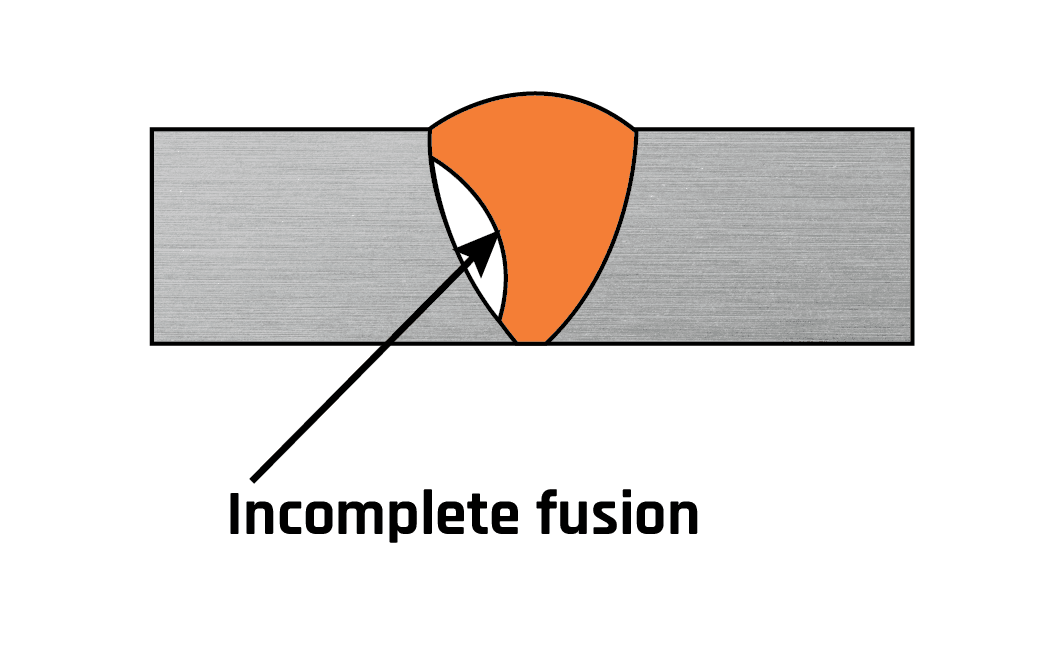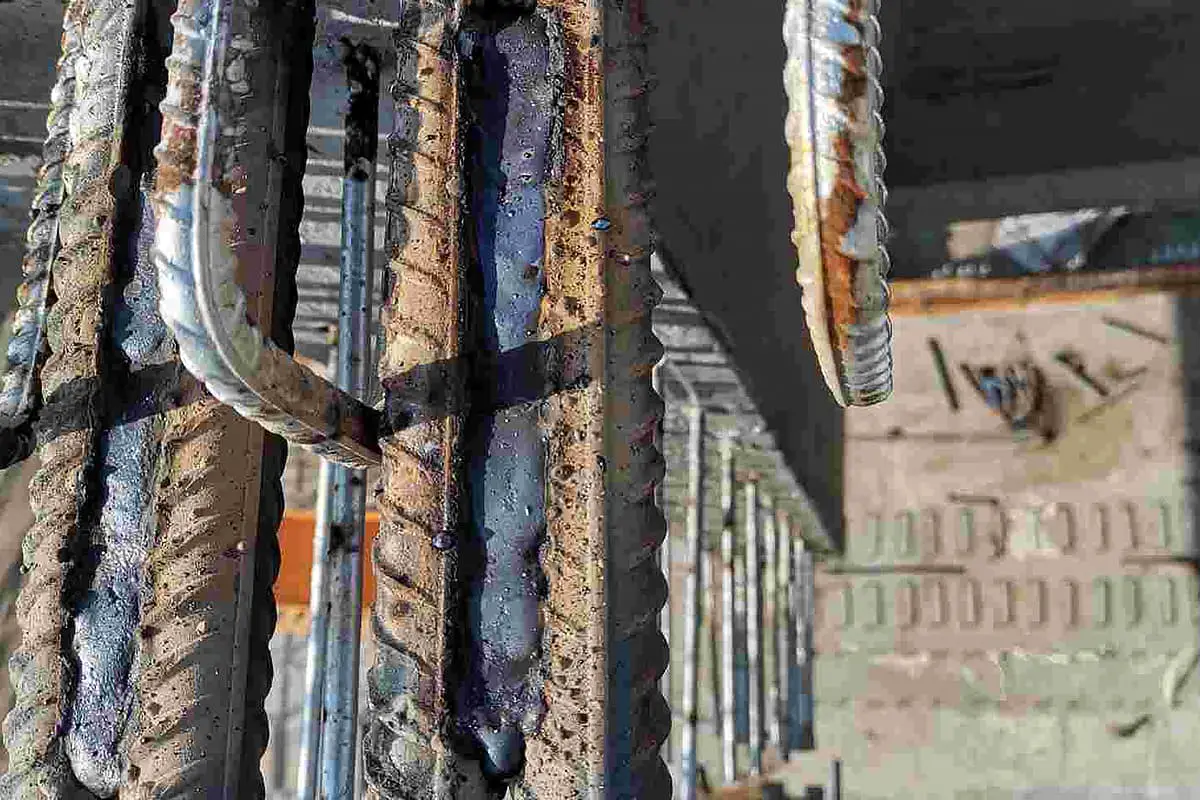Preventing Weld Undercut: Proven Methods Every Welder Should Know
Preventing Weld Undercut: Proven Methods Every Welder Should Know
Blog Article
Essential Tips for Welders: Preventing Undercut Welding and Ensuring Stronger Weld Joints
In the world of welding, attaining solid and resilient weld joints is the keystone of producing top notch work. Nonetheless, one common obstacle that welders often come across is undercut welding, which can jeopardize the honesty of the weld joint. By comprehending the factors that add to undercutting and executing the right techniques and safety measures, welders can efficiently prevent this concern and guarantee the longevity and stamina of their welds. Allow's check out some essential tips that can aid welders navigate this obstacle and boost the top quality of their welding tasks.

Comprehending Undercut Welding
Undercut welding is a typical welding flaw that takes place when the weld metal falls short to correctly load the groove and causes a groove-like anxiety along the weld grain. This problem weakens the weld joint, making it prone to fracturing and failure under tension. Damaging can be triggered by various aspects, consisting of excessive welding present, high welding speed, improper electrode angle, inaccurate electrode size, and bad welding technique.
One of the primary factors for undercut welding is an inequality between the welding present and the welding rate. If the welding current is too expensive or the welding speed is as well quickly, the weld metal may not adequately fill up the groove, bring about undercutting. Additionally, utilizing an electrode that is as well huge can cause a comparable result, as the excess steel can not appropriately move right into the groove.
To avoid undercut welding, welders must guarantee they are making use of the correct welding criteria, keep an ideal electrode angle, choose the suitable electrode size, and method appropriate welding strategies. By dealing with these elements, welders can lessen the danger of damaging and produce stronger, a lot more trusted weld joints.
Proper Welding Technique
Efficient welding technique plays a crucial duty in making certain the high quality and integrity of weld joints. One basic facet of appropriate welding technique is maintaining the right angle and distance in between the welding gun and the work surface.
In addition, a consistent and constant hand movement is important for developing strong and durable weld joints. Welders need to go for smooth, uniform movements to make certain even circulation of the weld material. Correct control of the welding weapon and filler product is likewise vital to attaining optimum infiltration and combination.
In addition, managing the warm input and selecting the proper welding parameters based upon the product being welded are essential elements in attaining top quality welds - Preventing weld undercut. Welders must follow the suggested setups provided by welding procedure specifications and change them as required based on the particular needs of the project. By mastering appropriate welding methods, welders can dramatically enhance the stamina and integrity of their weld joints
Picking the Right Electrode
When taking into consideration the relevance of picking the right electrode in welding applications,Preserving the proper angle and range in between the welding weapon and the workpiece is basic. The selection of electrode plays an important function in establishing the quality and strength of the weld joint. Electrodes are available in different types, each developed for certain functions and products.
To start with, picking the ideal electrode size is crucial. Thinner electrodes appropriate for welding slim products, while thicker electrodes are much better for thicker products and greater warm applications. Matching the electrode diameter to the thickness of the workpiece helps attain a well balanced weld.
Secondly, understanding the material composition of the electrode is vital. Different electrodes are designed for welding specific materials like steel, stainless-steel, light weight aluminum, or cast iron. Making use of the proper electrode product makes sure great combination and minimizes the risk of defects pop over to this site in the weld.
Last but not least, taking into consideration the welding placement and method is important when selecting the electrode kind. Specific electrodes are better matched for above or vertical welding positions, while others function well for flat or straight settings. Selecting the appropriate electrode based upon the welding method improves the total weld high quality and integrity.
Preparing the Base Steel
To guarantee an effective welding procedure, what preliminary steps should be taken when preparing the base steel for welding? Correctly preparing the base steel is vital for achieving solid and long lasting weld joints. The primary step in preparing the base metal is to cleanse it thoroughly to get rid of any impurities such as rust, dirt, oil, or paint. This can be done using a cord chemical, grinder, or brush solvents. Additionally, any kind of existing weld material or residue from previous welding need to be eliminated to make certain a clean surface for the brand-new weld.
Performing Post-Weld Inspections

After performing these analyses, welders need to contrast the results against market standards and project requirements to make certain that the weld joint fulfills all required standards. Any discrepancies or inadequacies uncovered during the post-weld assessment must be immediately dealt with through appropriate rehabilitative procedures to ensure the weld's integrity. By diligently executing post-weld examinations and immediately dealing next page with any concerns, welders can maintain the quality and integrity of their work, inevitably adding to the safety and long life of the welded structures.
Final Thought

To conclude, protecting against undercut welding and ensuring more powerful weld joints need a mix of appropriate welding technique, selecting the right electrode, preparing the base steel correctly, and performing post-weld evaluations. By understanding the sources of undercut welding and executing the needed safety measures, welders can produce high-grade weld joints that meet sector standards and make sure the architectural integrity of the bonded components.
Undercut welding is a typical welding defect that happens when the weld steel fails to appropriately load the groove and results in a groove-like anxiety along the weld bead (Preventing weld undercut). Undercutting can be created by various elements, consisting of too much welding current, high welding speed, inappropriate electrode angle, incorrect electrode size, and poor welding method
One of the major reasons for undercut welding is a discrepancy in go to website between the welding existing and the welding rate. If the welding current is too high or the welding speed is as well quickly, the weld metal may not appropriately fill the groove, leading to undercutting.Preserving the right angle and range in between the welding gun and the workpiece is fundamental when taking into consideration the importance of picking the appropriate electrode in welding applications.
Report this page